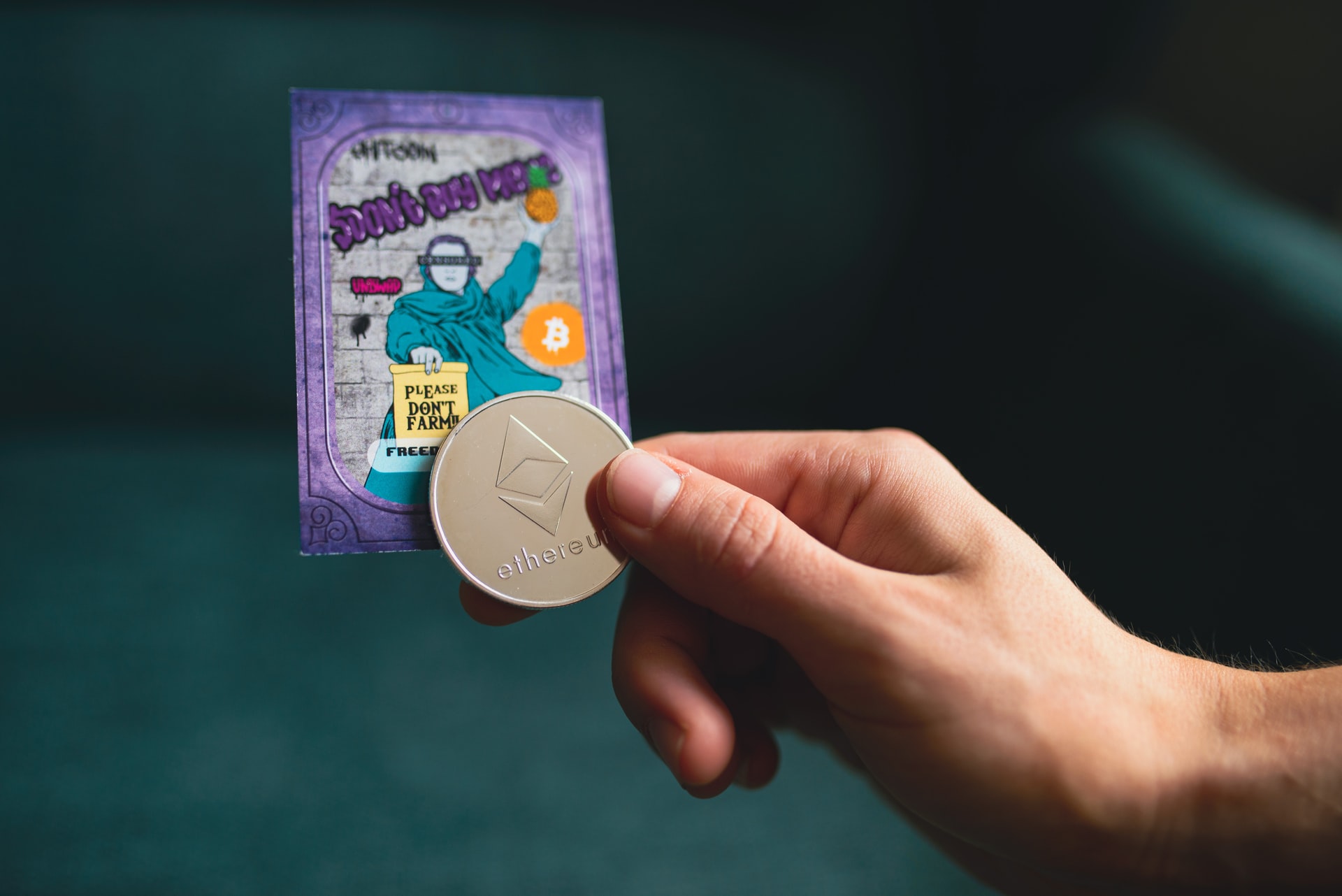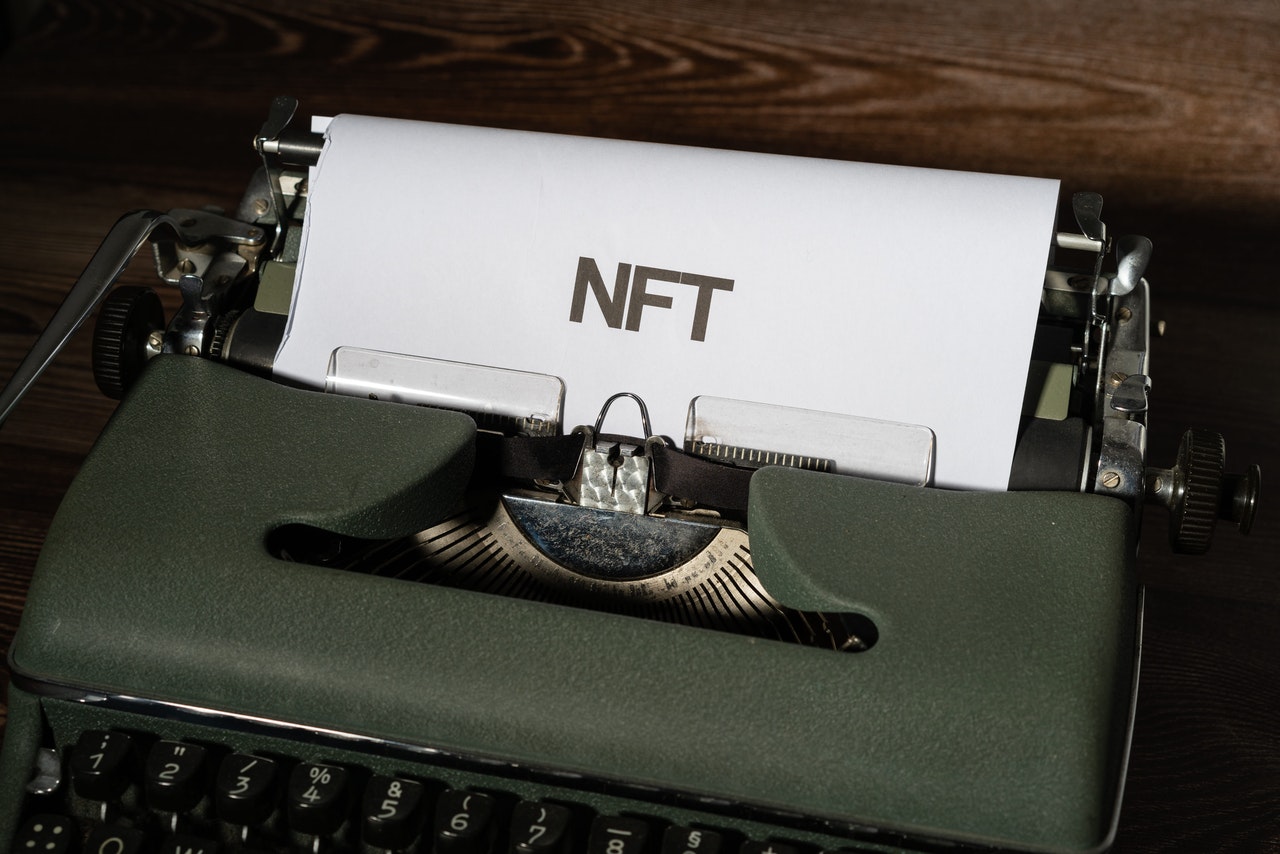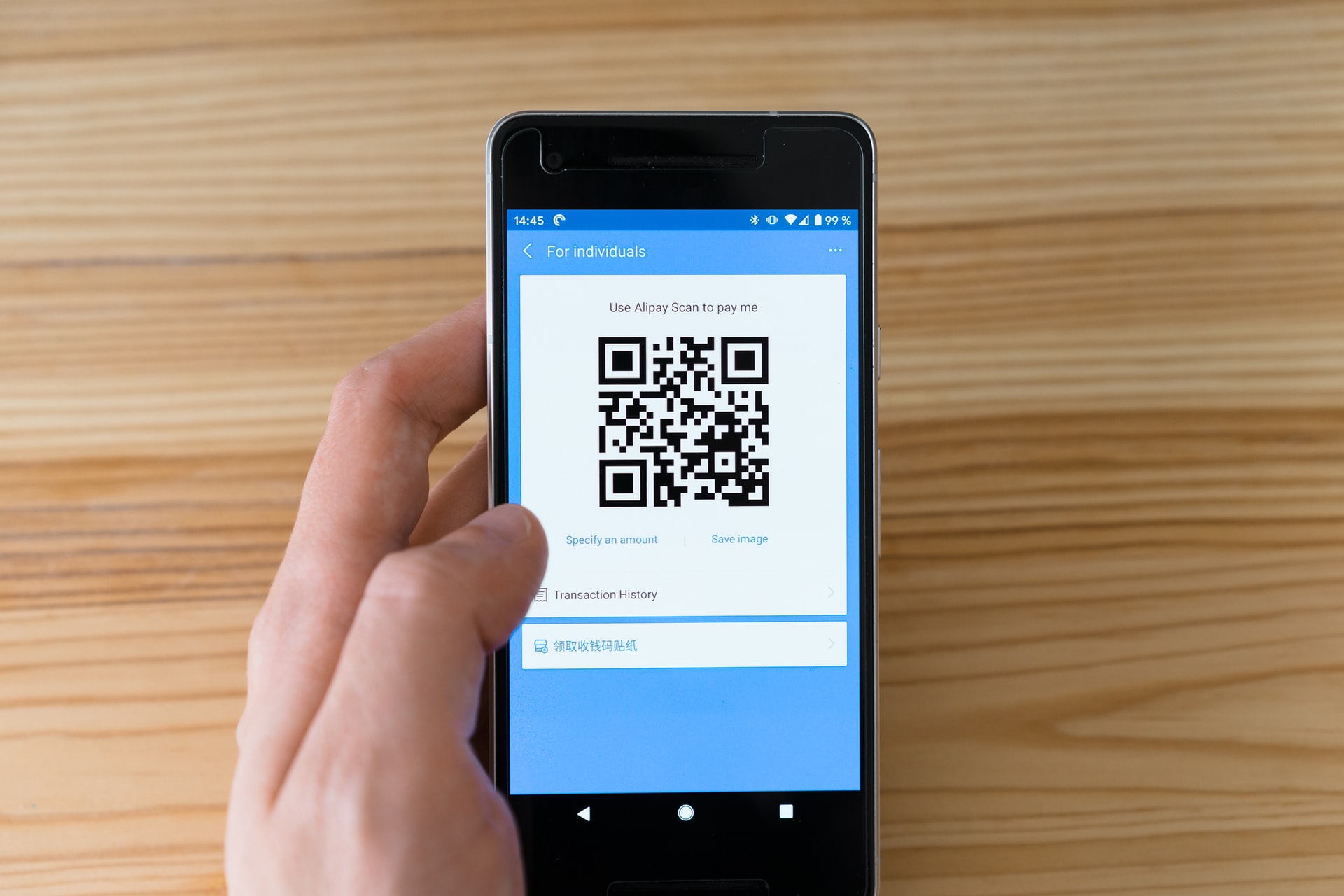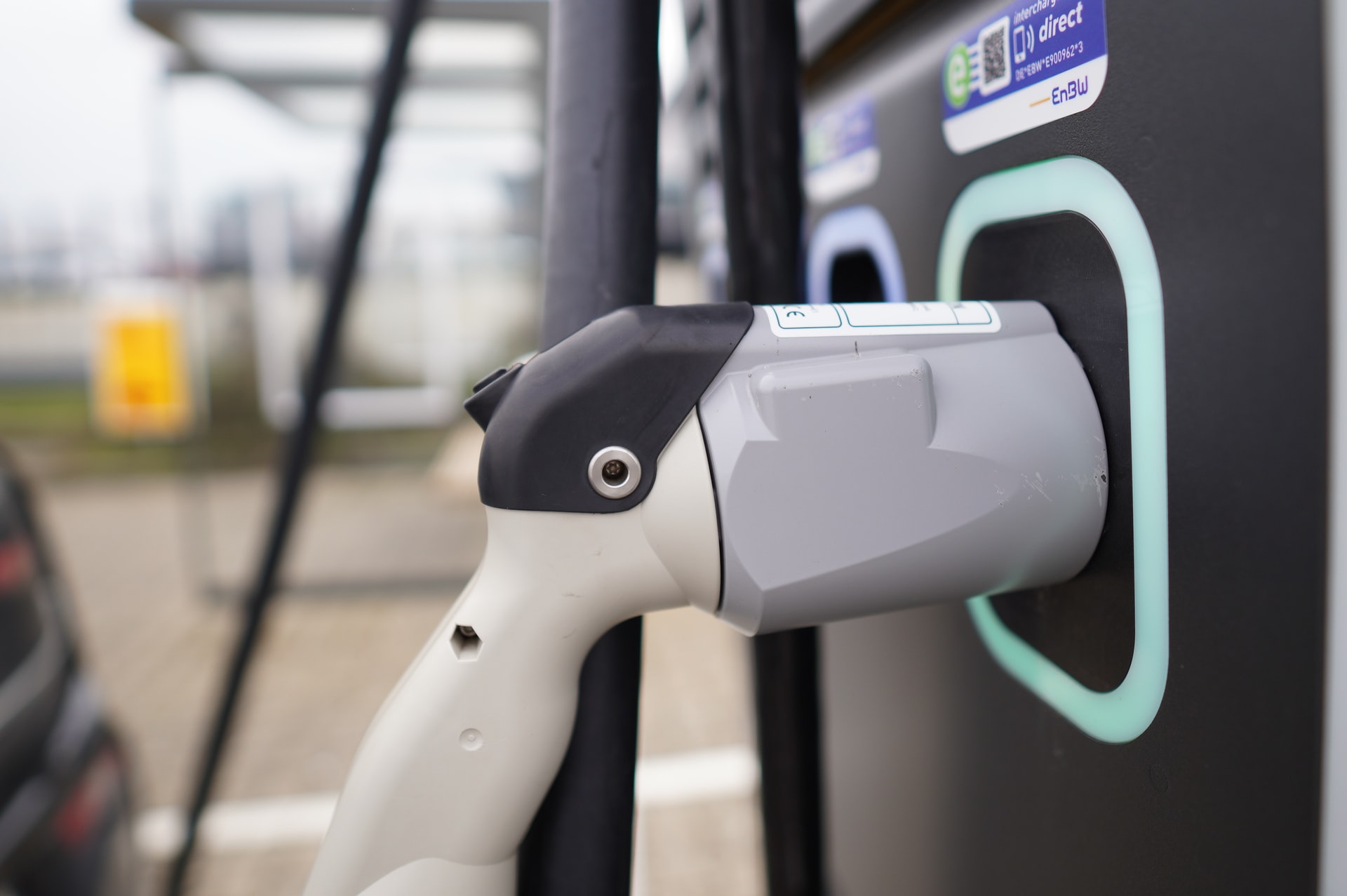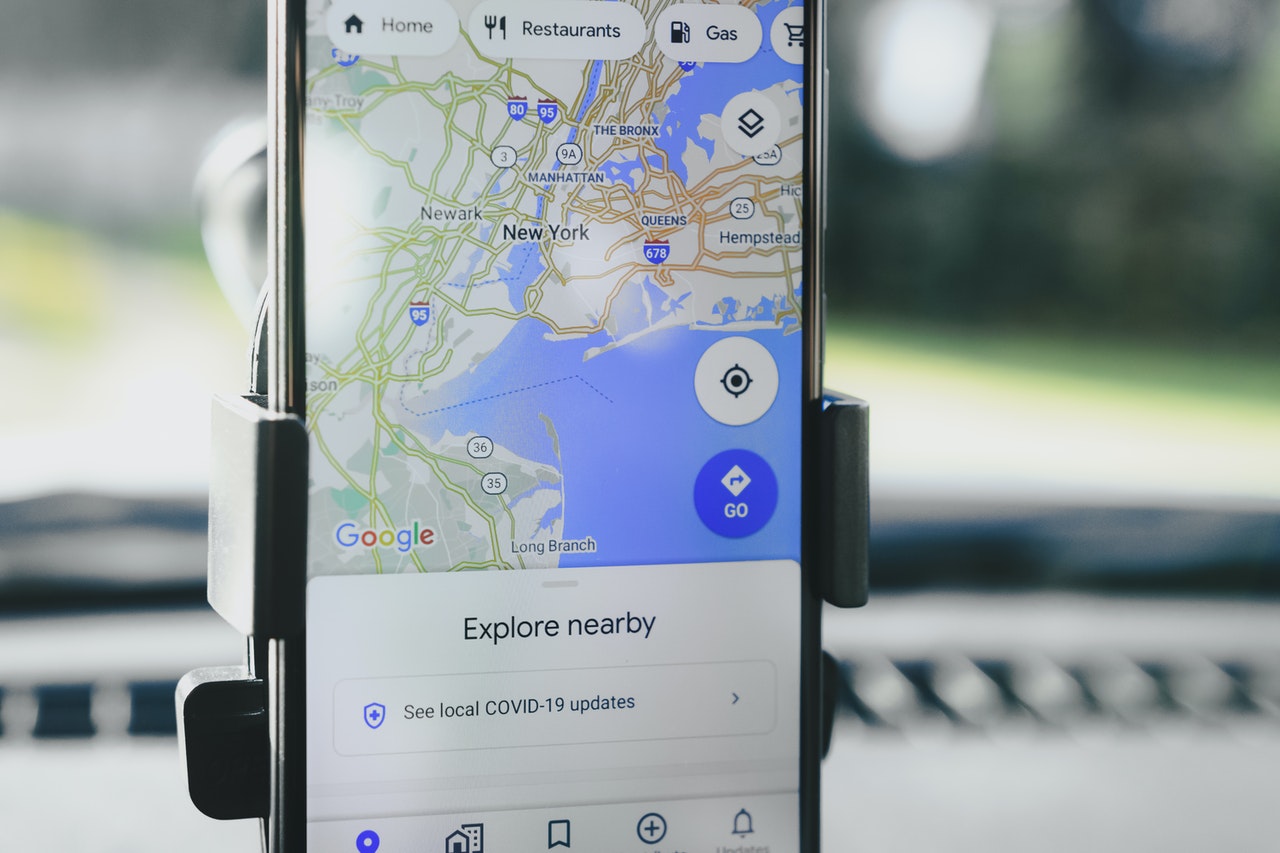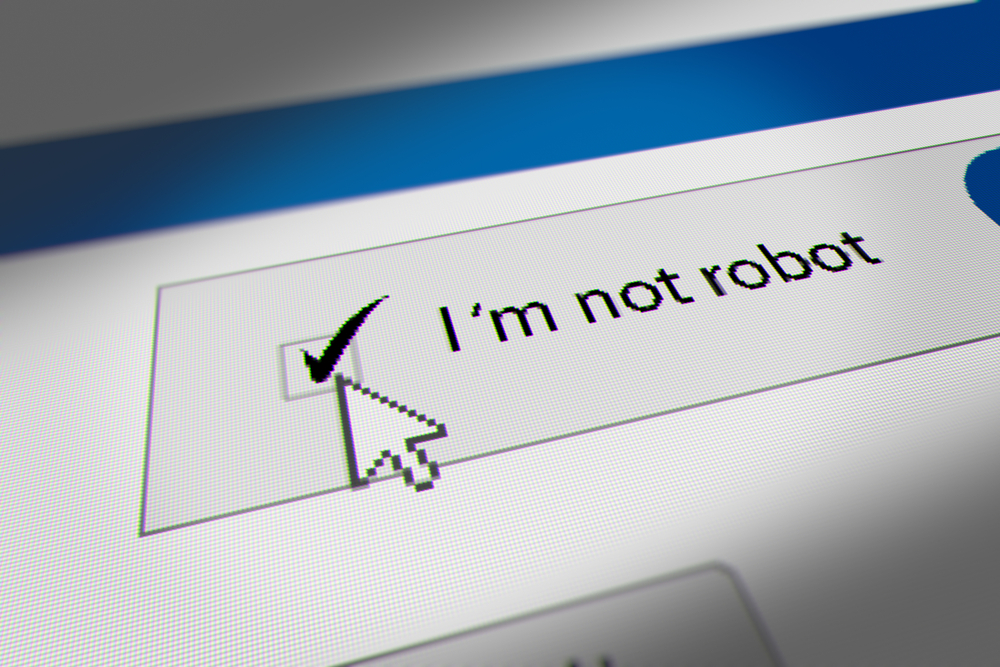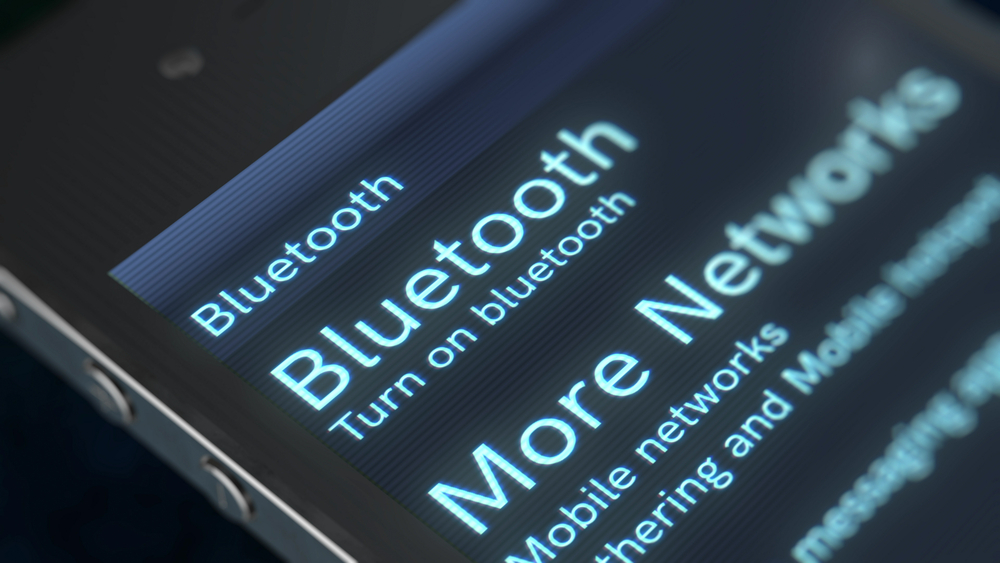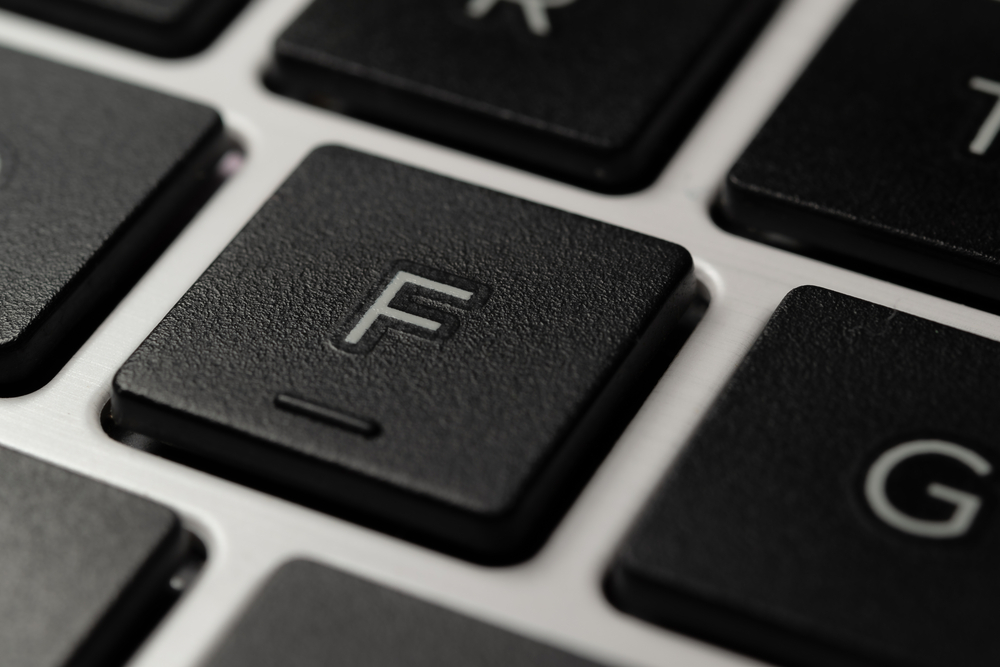Reading Time: < 1 minutes
- To answer this question, we need to look at what happens when you swipe your card.
- The moment you swipe, the information such as Name, Account Number, Expiration Date, etc., is sent to the Front-end processor.
- A Front-end processor, a mini-computer, is responsible for checking if you have enough funds.
- It checks that by sending your details to card companies (American Express, Master Card, or Visa).
- Card companies identify which bank (let’s say Bank X) has issued this card and send the information to Bank X.
- Banks X’s powerful computer verifies your identity, checks your funds, and returns the signal back through the same route.
- The front-end processor receives the signal and notifies the cashier through an ‘Approved’ message on the screen.
- The customer’s job is over, but the vendor and the other parties still have tasks to complete.
- The vendor sends the follow-up request (usually at the end of the day) to his/her bank (let’s say Bank Y), where the money will be credited.
- Bank Y credits the amount in the vendor’s account but doesn’t receive reimbursement from Bank X yet.
- Bank X performs some checks before it releases the funds to Bank Y.
- If Bank X is not convinced that you did the transactions, it will connect with you and release funds only once it is sure.
- Release of payment is done through Clearing House (a financial institution responsible for the exchange of payments).
- Five parties (all in bold above) are involved in completing the transaction between you and the vendor.
- All of them charge a small fee, which the vendor has to pay, and that is why some vendors ask you to pay by cash or pay extra if you pay by card.
Image courtesy of Clay Banks through Unsplash
Reference shelf :








